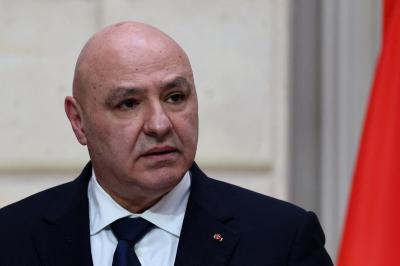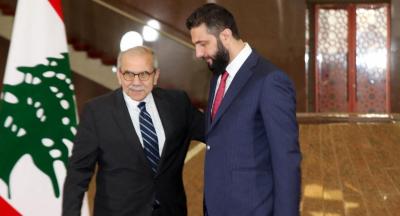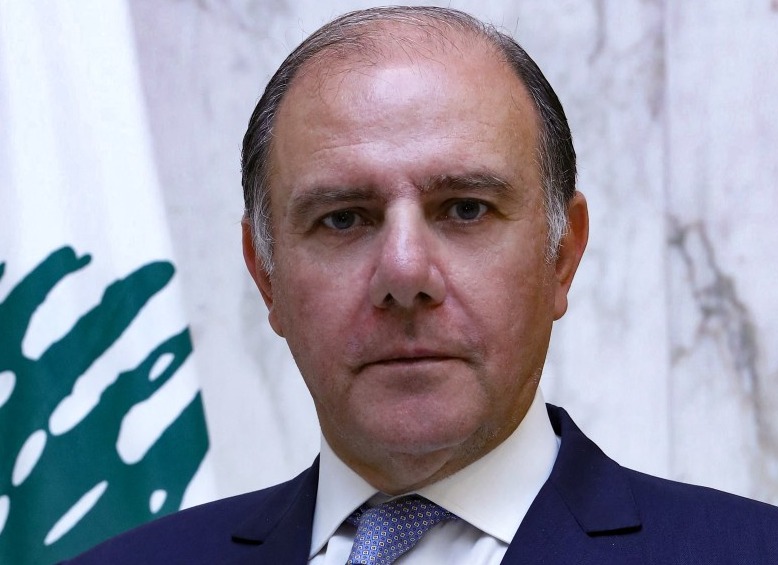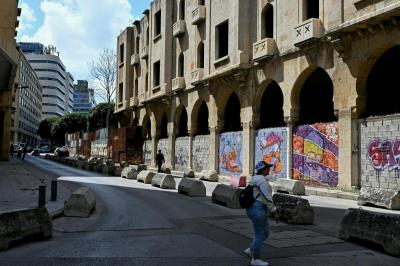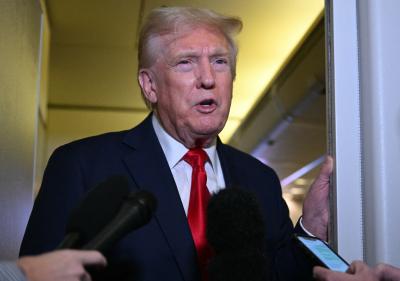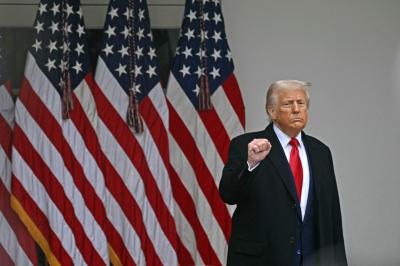The appointment of Karim Souaïd as the seventh governor of Lebanon’s central bank has sent ripples through the stagnant waters of structural reforms—particularly in the banking sector, and more broadly, in the country’s long-delayed path to economic recovery. His arrival has raised critical questions about the direction the man holding both the carrot and the stick will take in dealing with commercial banks. At the heart of speculation lies his role in returning depositors’ funds—assuming we opt for the optimistic label—rather than the more ominous technical term, “loss distribution.”
Taking over a chair once occupied by such towering figures as Philippe Takla, Elias Sarkis, Edmond Naim, and Michel Khoury, Souaïd inherits not a cushioned seat, but a throne of thorns. His mission begins with cleansing the central bank, proceeds to restructuring the banking sector, and stretches into shaping monetary policy and defining his distance from the government. Perhaps his toughest challenge will be reconciling two versions of himself: the independent researcher, Karim, who once outlined a solution for Lebanon’s crisis in Harvard’s plan—advocating for dollarization and placing the state squarely responsible for deposits (see: “Towards a Sustainable Recovery of Lebanon’s Economy,” Al Safa News, November 30, 2023)—versus Governor Karim, whose decisions will be boxed in by Lebanon’s delicate power balances and the Prime Minister Nawaf Salam’s insistence that the central bank align with the government’s reform agenda. As the Prime Minister emphasized, the governor must follow the financial policy outlined in the cabinet’s program: negotiate a new deal with the IMF, restructure the banking system, and design a comprehensive plan in line with international standards to protect depositors’ rights.
The Priorities Behind the Policies
“What the governor is being asked to do hinges on his future approach and personal commitments,” says Professor Toufic Shanbour, a specialist in monetary and central banking law. “If his priority is returning depositors’ money, he must start by lifting the veil off those who repaid loans at fictitious rates, and pursue banks that have profited from the crisis—siphoning off between 10 to 30 percent of GDP annually, with an average of $7 billion a year, totaling over $60 billion in recent years.” Such measures, Shanbour explains, could ensure a swift and efficient restitution of funds to depositors. “But if his goal is to absolve banks of responsibility, he can also do that—thanks to the vast powers granted to him under Lebanon’s Code of Money and Credit.”
The Governor’s Far-Reaching Powers
Indeed, Lebanon’s legal framework—including the Code of Money and Credit and laws 2/67 and 110/91—grants the central bank governor exceptional authority over banks. “He can monitor and hold banks accountable, up to and including dissolving them,” explains Dina Abou Zour, member of the Depositors' Union. “If a bank is failing, the governor can dismiss its board and appoint a new one. If insolvency is proven, he can shut it down and ensure a settlement with depositors.” While the governor is technically bound to implement the government’s policies, his input—alongside the finance minister’s—is crucial in shaping the recovery plan, Abou Zour adds. “As the direct head of the Special Investigation Commission and the Higher Banking Commission, and an indirect overseer of the Banking Control Commission, his stance and leadership are essential for banking supervision and restructuring.”
Avoiding the Trap of Odious Debt
Souaïd’s earlier position, as expressed in the Harvard plan, called for slashing the size of Lebanon’s banking sector by about two-thirds. Implementing such a strategy, Shanbour argues, would require “a clear and retroactive lifting of banking secrecy—far beyond the watered-down version passed by the government.” Even more crucial, says Shanbour, is clarifying whether the goal is to merely manage the crisis or address the root causes that led Lebanon to collapse in the first place. He warns that the Harvard plan cannot serve as a viable blueprint, as it lumps together two fundamentally different types of debt: depositors’ funds, considered private and constitutionally protected (“legitimate debt”), and bondholders’ investments, often classified as “odious debt”—illegitimate obligations accumulated under authoritarian regimes and thus unenforceable. “A ruling by the European Court of Justice makes this distinction clear: private deposits are a protected debt and cannot be tampered with, while the odious debt might be reconsidered.”
The Urgent Need to Restore Trust
For Lebanon to achieve recovery and economic growth, rebuilding public trust must be the central bank governor’s top priority, according to financial expert Nicolas Chikhani. This, he says, hinges on five essential steps:
- Recapitalizing both the central bank and commercial banks to restore financial order.
- Regaining the confidence of investors and correspondent banks.
- Adopting a strict new monetary policy to reassess the exchange rate.
- Exiting the cash economy by issuing regulations that compel both citizens and banks to rely on the formal financial sector for all transactions.
- Implementing a fast and firm plan to fully return depositors’ money—100 percent. “Restoring funds without haircuts is the only way to encourage foreign investors to trust Lebanon again, empower local depositors, and reignite economic activity.”
From Stirred Waters to Storms or Stillness
The whirlwind of questions, expectations, and hypotheticals generated by Souaïd’s appointment as Lebanon’s new central bank chief may soon dissipate. What follows will likely be one of two scenarios: either a return to stagnation, or a deep upheaval that clears out the sediment choking Lebanon’s financial system. Time—and Souaïd’s choices—will soon provide the answers.
 French
French


